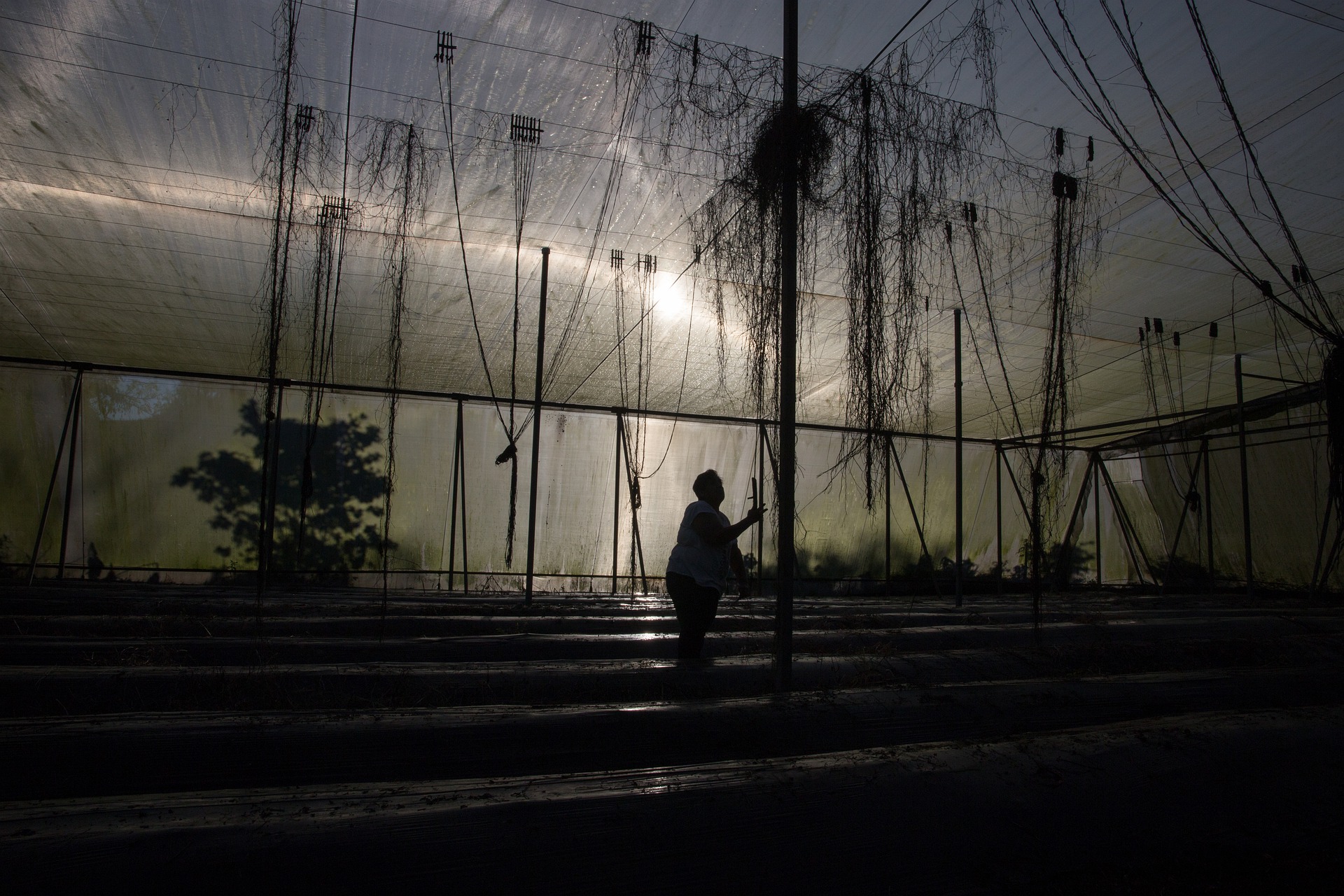Getting answers to the question, “Do I need light when growing seeds in a greenhouse?” is interesting to discuss. Just as with any garden, lighting is essential. We can go down to the general advantages of what light is about.
Lighting will make the room appear larger, throwing beautiful shadows in the room. Too little lighting will make the place seem depressing or sad, making people fall asleep. The best lighting may be sourced from lighting such as mirrors, candles, windows, and more devices.

What does the discussion will bring you? At the end of the article, you will learn the following:
- Whether you need to grow lights in the greenhouse, or not
- How you can start seeding indoors with the lights
- How to know if the plant gets too much light
- What happens when too much light is in the greenhouse
Do I Need Grow Lights In My Greenhouse?
The answer is a resounding yes. However, our dear readers, the best choice should be your natural light. When lighting the greenhouse, nothing could be better than natural light. If you are utilizing the greenhouse for plant growth in the winter, or if the structure of the greenhouse’s placements tends to limit the view that is captured, that’s when you need to grow lights. Select the right light.
Insufficient lighting
One of the most common problems with lighting a greenhouse is not having sufficient light. If these plants do not get enough light, then they may tend to stretch, growing higher, and seeking more light. Plants that do not get sufficient lighting may get spindly, as well as top-heavy.
The energy that may turn into the leaves, fruits, and flowers may get into the stems, with plants weakening as the outcome. Getting the right light to your plants involves ensuring that the artificial bulbs will have sufficient wattage as well.
Too much lighting
And what if there’s too much light? The plant may weaken. It involves making sure, if you use non-natural light or artificial light, to have the bulbs with the accurate wattage. It also means ensuring that the light is proximate to the plant. For seedlings, the light must be about two inches from your bulb.
Plants are also sensitive to light, as they utilize both this and water to produce starch and oxygen. During the night, the plant converts these into sugars for storage.
However, one of the biggest problems with lighting the greenhouse is how it may be left around the clock to produce faster growth. Yet, doing so will compromise the health of the plants. With so much light, plants may tend to become pale or sunburned. Eight hours of darkness every night will help plants maintain their good health.
How To Start Seeds Indoors Under Lights
One of the most important things to consider when starting seeds under indoor lights is to deliver the light in the right amount. Seedlings need more light than your full-grown plants, ideally as much as 18 hours daily. More light may be required for seeds during the months of the winter season.
Affordable plant lighting may be found at several garden supply stores less than $100, and adding your more straightforward timer, turning lights on and off completely, then making a simple yet effective system for growing.
There are advanced gardeners who advise that, with the use of the window sill, such as the sun porch, the light may not be strong enough to accommodate the healthy plants. There must be artificial lighting, and fluorescents for the light quality, and the simplicity of having them with the low expense to operate and purchase.
Once your seedling emerges to bring the light close to the plants, then you must also be able to keep a close eye on their growth as you move the lights up into progression. Give around 12 hours of light daily.
Do you need to use compost? No need, because the plants will start to grow in germination. Gardeners only need to grow what’s contained in the seed.
How Do You Know If Your Plant Is Getting Too Much Light?
Many plant specialists call it the “symptoms of light exposure,” and it is possible to know if the plant gets too much lighting. The most common sign must be the yellowing of the leaves, elongated stems, stunted leaf growth, and the appearance of the dull green color.
Once the plant gets too much light, the leaves may have burned patches, may fall off, and may have singed tips. If the plant gets the right amount of light, then it must be a pleasing, rich color of green. And overall, you just need to get the full story of the plant with symptoms from multiple causes, so context matters a lot.
What Happens If Plants Get Too Much Light?
Sunlight and plants must go together, and this should be one of the gardening principles you must take note of. Take this as your rule of thumb.
However, too much sunlight can create damaging free radicals, with researchers identifying mechanisms that plants utilize to protect themselves. It could also take part in the development of GMOs or genetically modified crops that can adapt to changing lighting conditions.
Do I need light when growing seeds in a greenhouse? A common question that even advanced gardeners may take a look into. Plants source out energy from the sun with chlorophyll and carotenoid, two molecules capturing photos. However, when the plants are exposed to too much sun, the molecules may absorb more energy than what they can manage.
Based on research, it remains a mystery to how the plants protect themselves from the damage.
